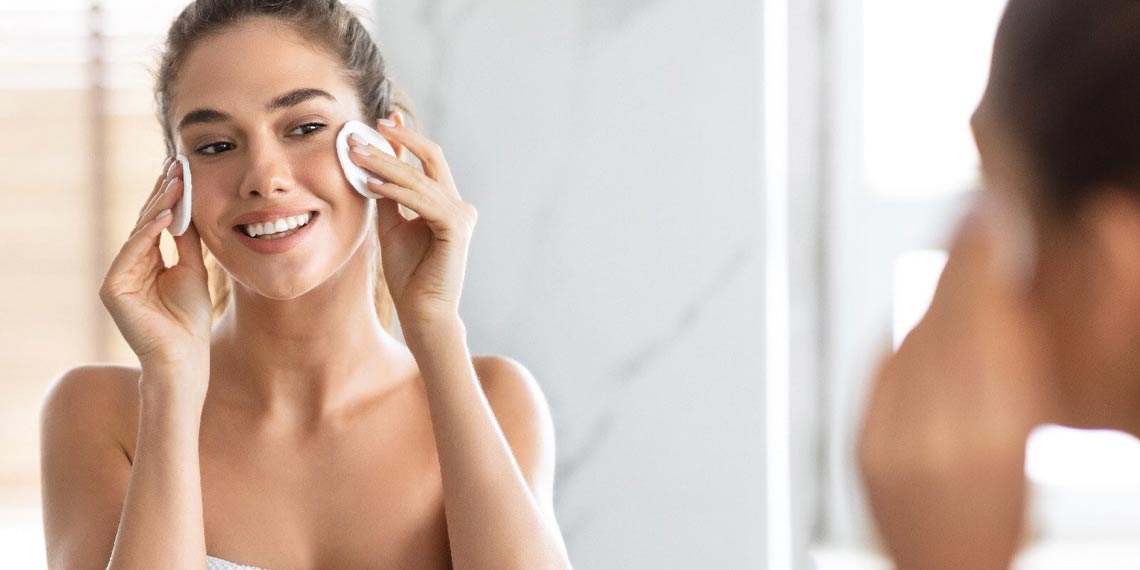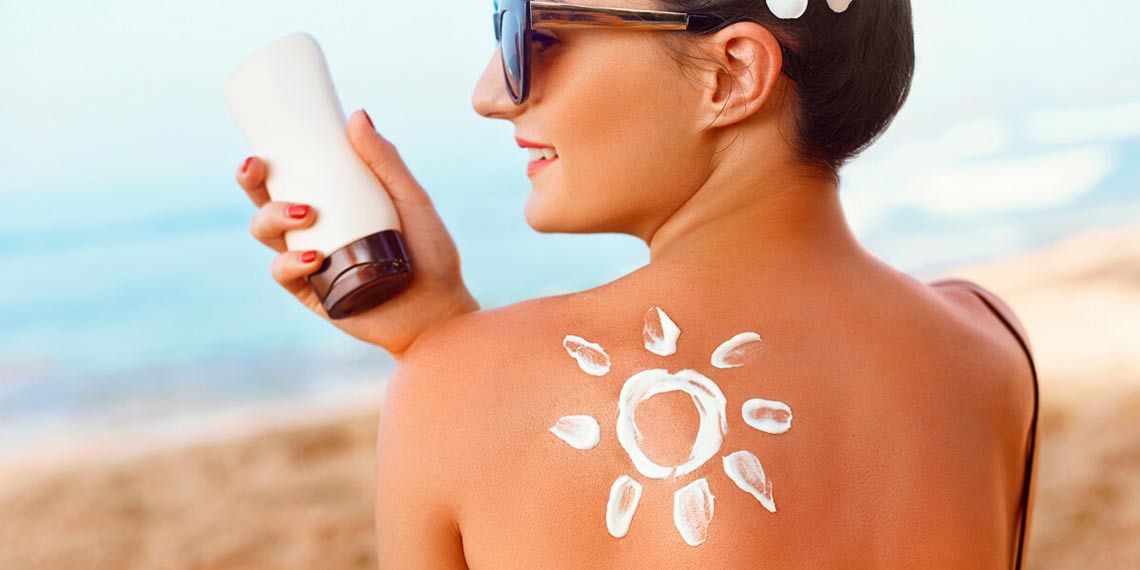In the world of skincare, there is an immense variety of ingredients: from vitamin C to retinol, from ceramides to niacinamide, and so on. Sometimes with unpronounceable names (we dare you to have figured out how to pronounce “bakuchiol”), sometimes all with the same initial word (lactic acid, salicylic acid, glycolic acid, hyaluronic acid) which, admit it, can cause a considerable confusion! In this article you will learn to distinguish them, understand which ones are and which ones are not suitable for your skin type, and how to use them correctly.

CERAMIDES
Ceramides are lipids (fats) naturally present in our skin that make up more than 50% of its composition and are like the nectar of the gods for dry and irritated skin. They are often used as anti-aging ingredients due to their ability to retain water forming a barrier that slows its loss, their effectiveness in protecting the skin from environmental stressors, and their potency in reducing wrinkles, but they are perfect also for those suffering from eczema, rosacea, psoriasis or dryness.

PEPTIDES
Peptides are small chains of amino acids, which act in the construction of proteins such as collagen, elastin, and keratin, which are very important for maintaining the firmness, elasticity, and health of the epidermis. Their properties are manifold: they tone the skin and visibly reduce redness, irritation, inflammation, and imperfections, help reduce fine lines and wrinkles, and tone, soothe, and hydrate.
VITAMIN C
Vitamin C has multiple functions: in addition to being a powerful antioxidant, it counteracts the appearance of the signs of aging, restores skin tone and elasticity, protects the skin from external environmental agents or daily aggressors, and prevents oxidative stress by neutralizing the free radicals responsible for tissue aging. In addition, it is very useful for uniforming the complexion, smoothing, and reducing the visibility of wrinkles and skin hyperchromasia.

RETINOL
Its fame precedes it: retinol is the number one ally against premature aging and the appearance of wrinkles, but it is also a relatively difficult ingredient to include in your routine due to some possible side effects and rules to follow. First of all, retinol must be added gradually, starting with low formulations up to increasing the percentage over time to avoid redness and irritation. For the first few weeks it is advisable to use it every other day: start with an evening or two a week and then increase the use based on how much your skin tolerates it. In addition, retinol should only be applied in the evening, because being photosensitizing it makes the skin more sensitive to UV rays and is always followed by an SPF (even at home!). It is also an ideal ingredient for dry skin, as it promotes collagen synthesis, and for acneic skin as it improves the appearance of acne (and acne scars) and reduces the secretion of the sebaceous glands thanks to its sebum-regulating function.
BAKUCHIOL
Derived from vitamin A, bakuchiol is an extract of the seeds and leaves of Babchi, a typical plant of East Asia, and is considered the natural and gentle alternative to retinol. Therefore perfect for sensitive and reactive skins that don't want to give up the anti-aging benefits given by the latter, it also has anti-inflammatory, antioxidant, and antibacterial properties and can be included in the skincare routine without the need for any training.
HYALURONIC ACID
When we talk about hydration boost, we automatically talk about hyaluronic acid: known for its moisturizing properties, it helps to contain the loss of water inside the epidermis and promotes hydrolipidic balance, and the production of collagen. These characteristics make it suitable for any skin type but above all for dry and inelastic skin that needs to counteract skin aging by acting on wrinkles and expression lines.

LACTIC ACID
Starting the roundup of exfoliating acids for the skin, lactic acid, which is part of the AHA (alpha hydroxy acid) family, is one of the most delicate acids and is suitable for all skins with fair complexions, sensitive and prone to redness. Naturally present in the hydrolipidic layer of the skin, it reduces hyperpigmentation, evens out the skin texture, stimulates the regeneration of collagen and elastin, and, by regulating keratinization, increases cell turnover.
GLYCOLIC ACID
It is part of the " fruit acids " due to its origin in citrus fruits and belongs, like lactic acid, to the category of alpha hydroxy acids (AHA). It is one of the most commonly used exfoliating acids for chemical peels and its molecules, being small, penetrate the skin, break the bonds between the cells of the stratum corneum, and regenerate the epidermis. Precisely because of its powerful regenerative effect, one must be careful with the dosage so as not to cause thinning of the skin, as well as skin micro-abrasions, irritations, and broken capillaries.

SALICYLIC ACID
Salicylic acid, also known as BHA (beta hydroxy acid), is indicated for oily, impure, and sebaceous skin that has always struggled with imperfections and pimples. Its high acidity and antibacterial properties make it a relatively gentle but highly effective exfoliant in eliminating impurities that clog pores, refine skin texture, remove the surface layer of dead cells, and thus promote cell turnover.













